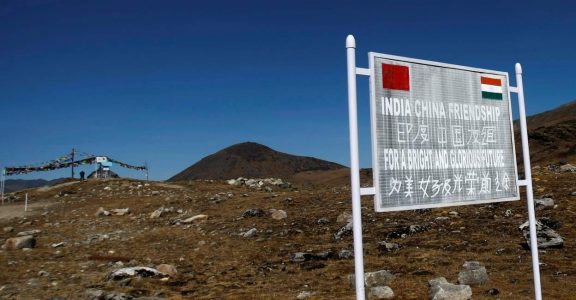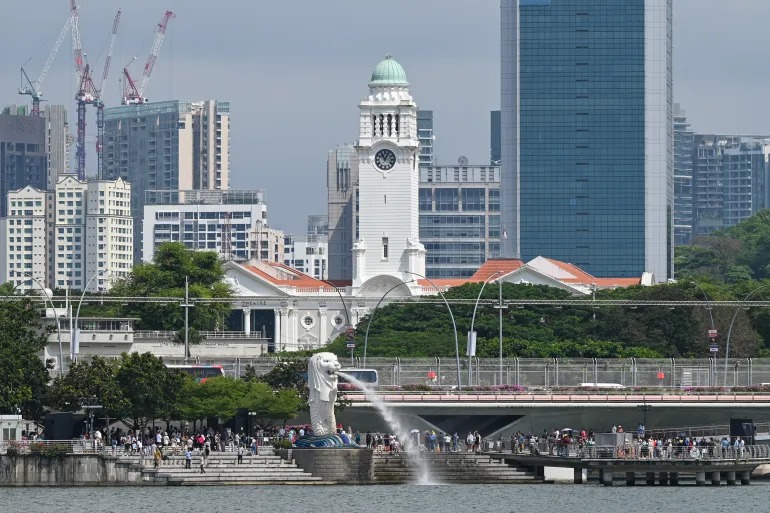In a fresh escalation of long-standing tensions, India has strongly protested against China’s presentation of a new map that lays claim to disputed border territory. The diplomatic clash has rekindled historical border disputes and threatens to further strain relations between the two Asian neighbors.
Diplomatic Clash Erupts Over Territorial Claims
Amidst reports in the Indian media that China released an official “standard map,” asserting its control over Indian territory, New Delhi swiftly lodged a robust protest on Tuesday. The map in question designates the Indian state of Arunachal Pradesh and the Aksai Chin plateau as Chinese territory. This move follows a series of ongoing conflicts between the two nations over their mutual border.
Tensions Escalate Amidst Historical Border Disputes
India’s strong response underscores its rejection of China’s territorial assertions, emphasizing the lack of foundation for these claims. India’s foreign ministry spokesman, Arindam Bagchi, stated that such actions by China only serve to complicate the resolution of the boundary issue. The tension is intensified by the fact that China’s designation includes Arunachal Pradesh, a region where a major border conflict erupted in 1962. Additionally, the Aksai Chin plateau, which India claims as its own but is controlled by China, remains a sore point.
China’s claim over Arunachal Pradesh is rooted in its view of the region as part of southern Tibet. This perspective was reaffirmed in a recent map that renamed 11 places in the state as being within “Zangnan,” or southern Tibet. The Aksai Chin plateau, strategically significant as it connects Tibet to western China, continues to be a flashpoint between the nations.
Strained China-India Relations Amidst Bilateral Talk
The current tensions echo the violent clash that occurred in the Himalayas in June 2020, resulting in fatalities on both sides. While the situation has been relatively calm along most parts of the border since then, isolated stand-offs persist in certain areas. The Line of Actual Control (LAC), which divides the countries in the western Himalayas, remains a focal point of tension.
Notably, the recent diplomatic flare-up comes on the heels of a conversation between Indian Prime Minister Narendra Modi and Chinese President Xi Jinping during the BRICS summit in Johannesburg. While Beijing described the meeting as an “in-depth exchange of views,” Modi emphasized the necessity of “observing and respecting” the LAC. This interaction underscores the underlying issues plaguing the bilateral relationship.
In its efforts to secure the disputed border region, India has invested substantial resources into connectivity projects. These projects aim to bolster civilian presence and establish new paramilitary units. The strategic move is intended to fortify India’s position in the border territories, further emphasizing the complex nature of the ongoing dispute.
]
















